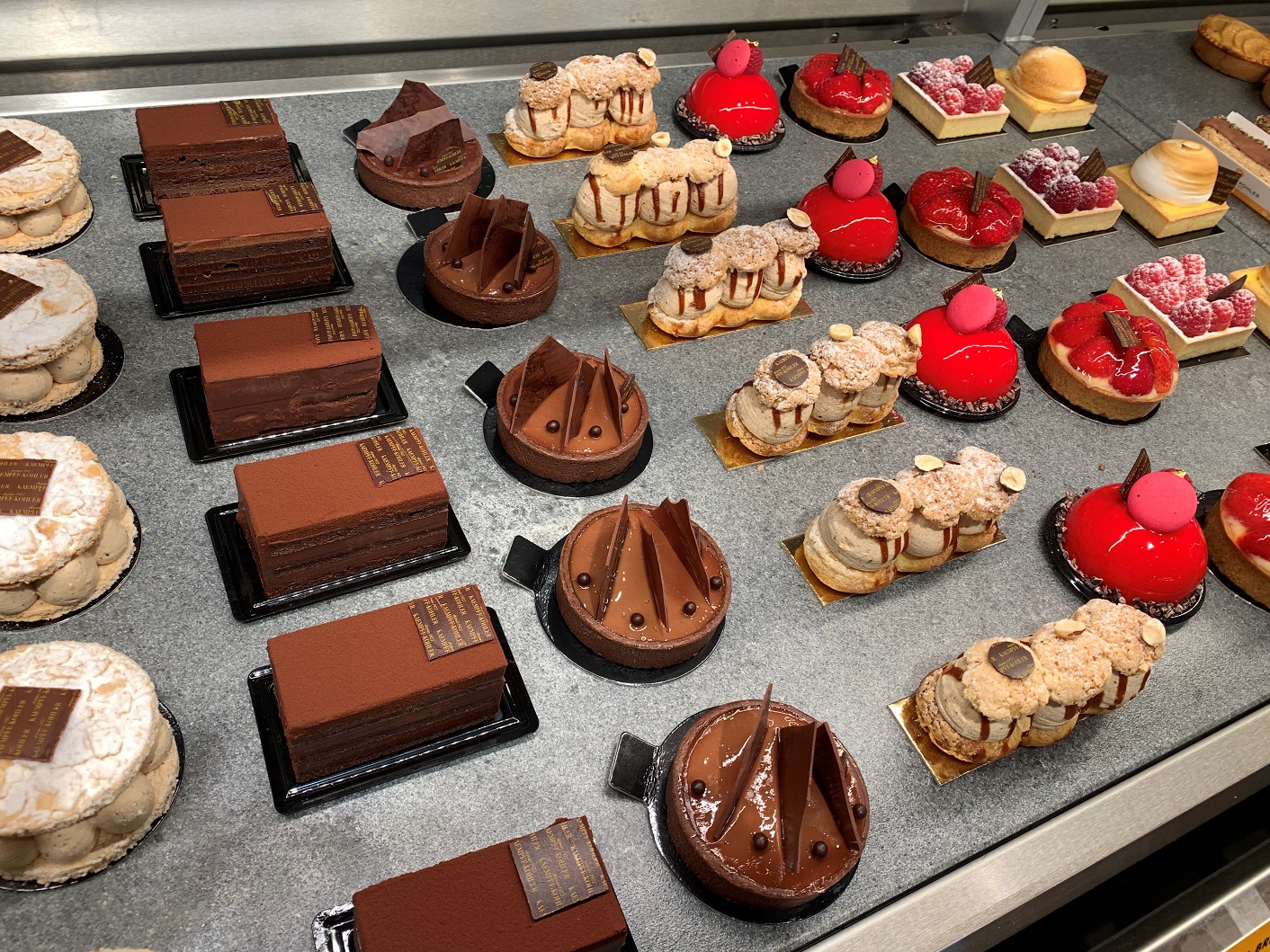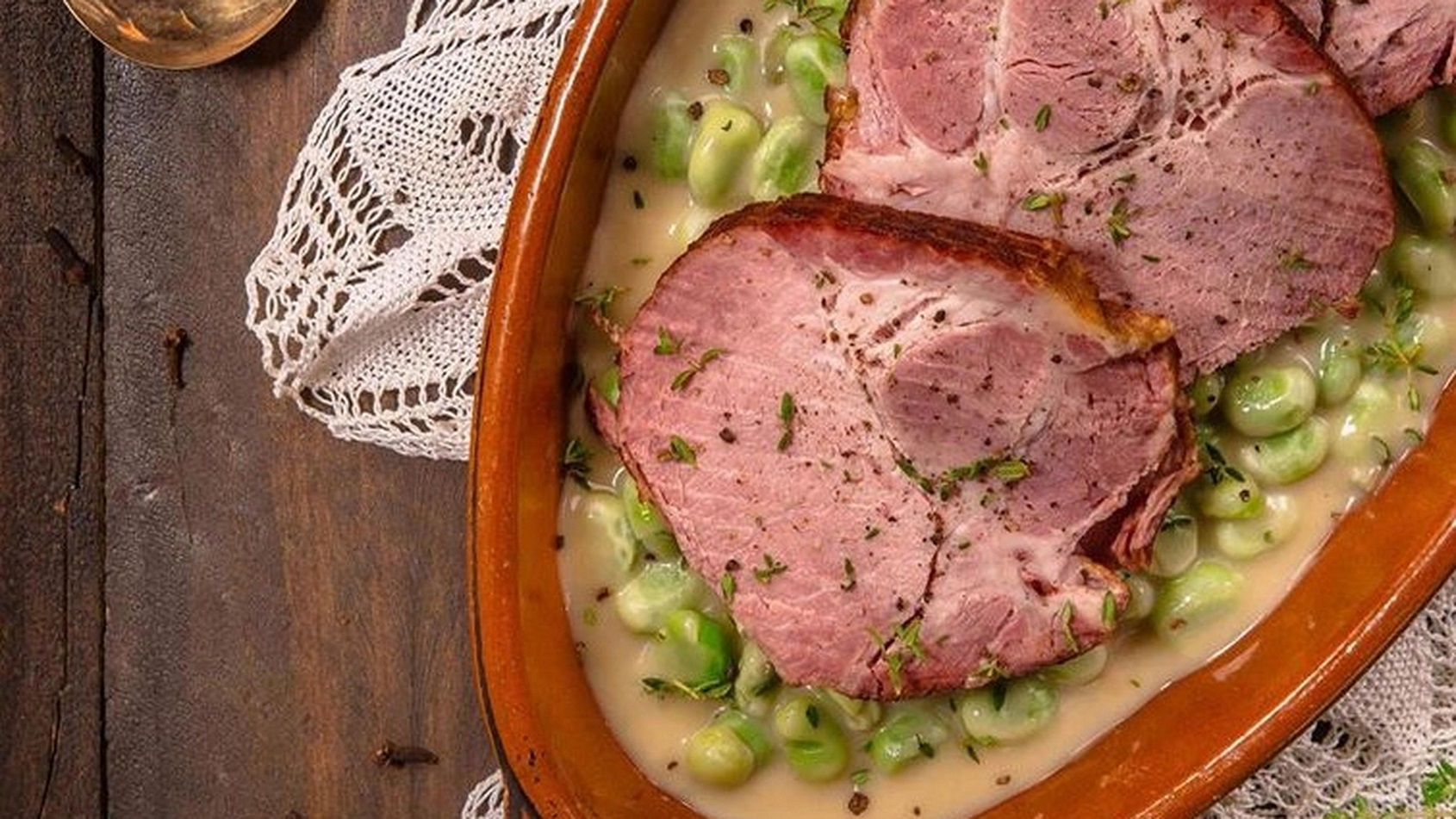Luxembourg and Belgium are so intimately connected that there is a province of Luxembourg in the southeast of Belgium, bordering the tiny landlocked Grand Duchy. When it comes to cuisine, the country of Luxembourg shares many Belgium qualities but also boasts its own gastronomical delights.
You can see this even after just a short walk down Luxembourg’s main shopping street, Ave de la Gare, where high-end delicatessens cross paths with the delicious patisseries, tarts, macaroons and five different varieties of beignets of Oberweis. And discovering the local gastronomy – be it boutiques, restaurants or brasseries – is easy, since public trams, buses and trains are all free in Luxembourg.
Sharing borders with France, Belgium and Germany has certainly played a role in Luxemburg’s culinary excellence. “Luxembourg lies between three countries that enjoy exceptional cooking,” Guill Kaempff, owner and manager of speciality brand and restaurant Kaempff-Kohler, says. “We have taken the influences and major specialities from all these countries’ cuisines.”
Another stalwart on the gastronomic front is Nathalie Bonn. In 2008, she set up the delicious Chocolate House of Luxembourg in a classic 15th century medieval building opposite the city’s Palais Ducal, which features a range of pralines and endless flavours of ‘Chocospoons’ for hot chocolate (from hazelnut caramel to hot chilli, including vegan and lactose-free versions). “Luxembourg offers a large gastronomic palette,” Bonn says. “In proportion to the number of inhabitants, we have the most Michelin-starred restaurants in the world.”
Starred venues
Out of some ten Michelin-starred venues, the two-star Ma Langue Sourit in Moutfort stands out. It is named after chef Cyril Molard’s daughter Julie, who, aged four, exclaimed, “My tongue is singing” when eating an ice cream.

Chocolates from Kaempff-Kohler
Another big name is the award-winning La Distillerie, set in the 12th century Bourglinster castle, Junglinster, 15km from the capital. Executive chef René Mathieu highlights the vegetables, plants and herbs that he gathers in the surrounding forests to include in his dishes. “My kitchen is like an adventure, a treasure hunt, with lots of respect for our nature and the product itself,” he says.
Luxembourg cooking is characterised by rich beef and veal dishes. Bouneschlupp is a simple soup made of meat and green beans, while other homely dishes include Gromperekichelcher (potato fritters) and Wäinzoossissen (fried sausages).
The Moselle region, famous for its wine industry, is particularly important to Luxembourg gastronomy, and a popular local dish is small fried fish from the Moselle River, accompanied by a local white wine.
Must-try specialities include Luxembourg’s Ardennes ham, served raw or cooked with salad and chips; Kniddelen (dumplings); meat with Riesling sauce; and ‘Judd mat Gaardebounen’ made from salted smoked collar of pork and served with broad beans, widely considered Luxembourg’s national dish.

Judd mat Gaardebounen
Emerging products include urban honey from Luxembourg city hives and a wide range of artisanal jams. Home-grown tea produced in the Parc Naturel de la Haute-Sûre is sold under the Tei Vum Sei label. Eaux-de-vie are also popular, made from local Mirabelle plums, prunes and pears, as well as Cassero (blackcurrant) and Framboise-des-bois (from the Château de Beaufort) liqueurs.
The local beer dates to around 1300, when monks set up the first brewery in Neumunster Abbey in Luxembourg City’s Grund district. By the early 1950s, there were over 12 local breweries, though only three are active today. The Brasserie Nationale produces Bofferding, Battin and Funck-Bricher; the Brasserie de Luxembourg Diekirch makes Diekirch and Mousel beer; and Wiltz-based Brasserie Simon provides the Simon, Ourdaller and Okult brands. Microbreweries such as Letzebuerger Stad Brauerei and brewpubs like Brewpub Beierhaascht in Bascharage are emerging.
As for wine, the Moselle region’s many vineyards produce a variety of refreshing whites, including crémant, or sparkling wine, which is rapidly gaining an international reputation.
For dessert, hungry tourists can try delicious quetschflued (plum) or rhubarb tart. Another favourite is the puffed pastry Mummentart, made with sliced apples, raisins, liqueur and cinnamon – often served warm with a scoop of ice cream. Another Luxembourg speciality is the Dacquoise rich almond cake filled with nut cream.
We should note that Luxembourg is an unexpected giant in dairy production. Luxlait, whose milk is sold in most Belgian supermarkets, also makes the Beurre Rose (rose butter) de la Marque Nationale, a local recipe, unchanged since 1932 and granted protected designation of origin status in 1996. Another Luxlait product is the traditional speciality Kachkeis, a low-fat cancoillotte-style (runny) cheese mixed with fresh and sour cream.
Finally, we should note bretzel (or pretzel), which is more than a sweet puff pastry with fondant icing and almonds. On Pretzel Sunday (the fourth in Lent), men present their partners with this sweet treat. If the woman reciprocates her beau’s feelings, she will give him an egg on Easter Sunday. If not, the man will receive an empty basket, hence the Luxembourgish expression “De Kuerf kréien” (to be given the basket). In leap years the roles are reversed, with women offering their sweethearts a pretzel and men receiving either an egg or a basket.

